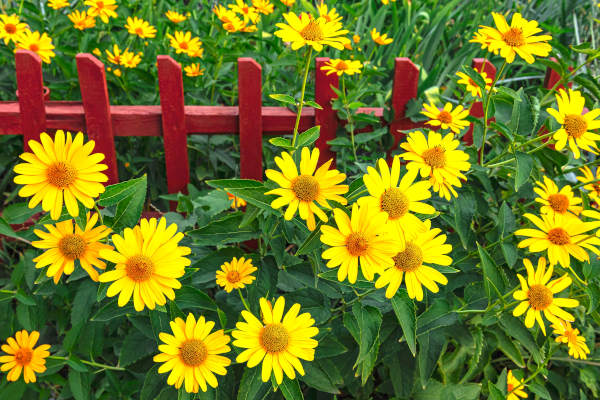How to grow Heliopsis
This member of the daisy family is similar to its close relative helianthus (commonly known as sunflower), though has a branching, bushy habit. There are 12 or 13 species, all hardy, clump-forming perennials found growing as wildflowers in prairies and open woodland across North America. They are cultivated by gardeners for their bright, showy flowers (usually around 8cm across) and reliably long flowering period – blooming for 6 to 8 weeks.
Heliopsis is also known by the common names ‘false sunflower’ and ‘ox eye’.
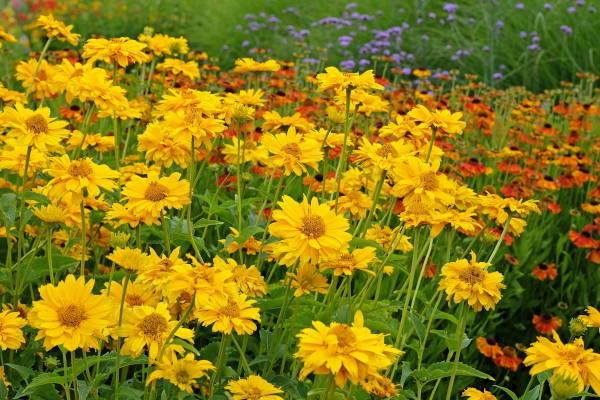
Zantedeschia is a genus of flowering plants from the family Araceae and is native to southern Africa. With a rich history dating back to the Ancient Romans, these deciduous or semi-evergreen perennials have been used as a symbol of celebration. Zantedeschia was Named after Professor Giovanni Zantedeschia, an Italian botanist.
There are two main forms of Zantedeschia: hardy and tender. Hardy forms of the plant can be grown outdoors, enjoy moist soil and full sun or partially shaded conditions - these are known as Arum lilies. Tender forms of Zantedeschia prefer being grown in containers or pots and should be brought inside over the winter - these are known as Calla lilies.
With tuberous flora in all colours from whites, yellows and oranges to deep reds and purples, Zantedeschias are not to be overlooked in any garden, as long as they have sufficient sunlight to grow in.
Ready to learn more about growing Zantedeschia? Read on for all there is to know...

Key Information
Soil pH
Position
Hardiness


Where & when to plant Heliopsis
Position- Full sun
Soil- Moderately fertile, humus rich, moist and well-drained is ideal, though heliopsis will tolerate a range of soils
Flowering Period- Midsummer to early autumn
Hardiness- Hardy
For best results, plant in autumn or spring. An autumn planting can be done by those gardening in mild conditions (and broadly speaking, this is the southern half of the UK). For those liable to cold winters, it is best to wait until spring (generally the northern half of the UK). Planting can also be carried out in summer, though be prepared to water regularly.
Heliopsis is perfect for adding bright, bold, mid to late season interest to cottage garden borders and naturalistic prairie-style planting. Dwarf varieties, such as ‘Luna Roja’, also do well in containers.
How to plant Heliopsis
In the ground
- Clear the chosen area of weeds.
- Dig a planting hole several times larger than the root ball. If your soil is on the heavy side, add a handful or two of horticultural grit. Now is also the time to improve soil with a generous addition of well-rotted organic matter.
- Place the plant in the hole, ensuring the top of the root ball sits level with the surface of the soil. Too low and the plant may rot, too high and the roots can dry out.
- Backfill with soil and firm in gently.
- Soak well with water.
- Mulch with well-rotted organic matter.
In a container
- Choose an appropriate container, ensuring there are plenty of drainage holes.
- Use a good quality potting compost with plenty of horticultural grit mixed in, and, if not already present in the compost (check the description on the bag) some slow-release fertiliser granules.
- If you are using a large pot, it can be a good idea to fill and plant it in situ to save yourself the trouble of moving once full.
- Start by partially filling the pot with compost; enough so that when placed on it the upper surface of the root ball is about 3cm lower than the top of the pot.
- Infill all the space surrounding the root ball with compost, firming down with your fingers then adding a little more so the plant is held tight.
- Pick up the pot and lightly tap on the potting bench or ground a few times to help further settle the compost around the plant.
- Soak well with water.
- A mulch with horticultural grit will look attractive and help to prevent a ‘cap’ or crust forming on the top of the compost (something container plants can suffer due to the artificial nature of their watering).
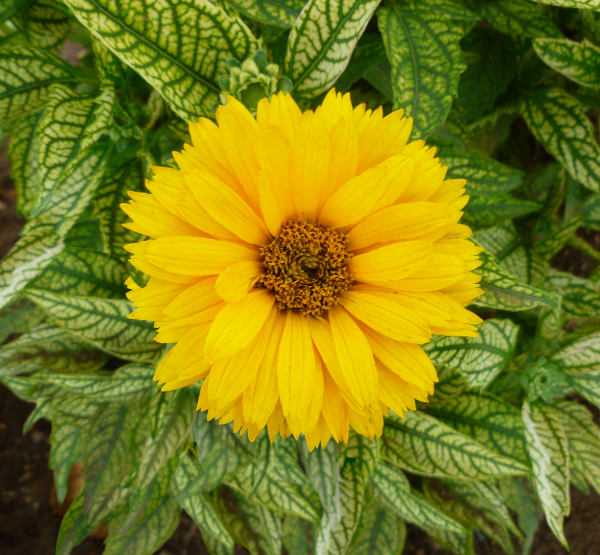
What to plant with Heliopsis
Combine with other naturalistic, sun-loving, mid to late bloomers for a display to keep you going well into autumn. Think echinacea, kniphofia, salvia, cirsium, monarda, helenium, echinops, and verbena.
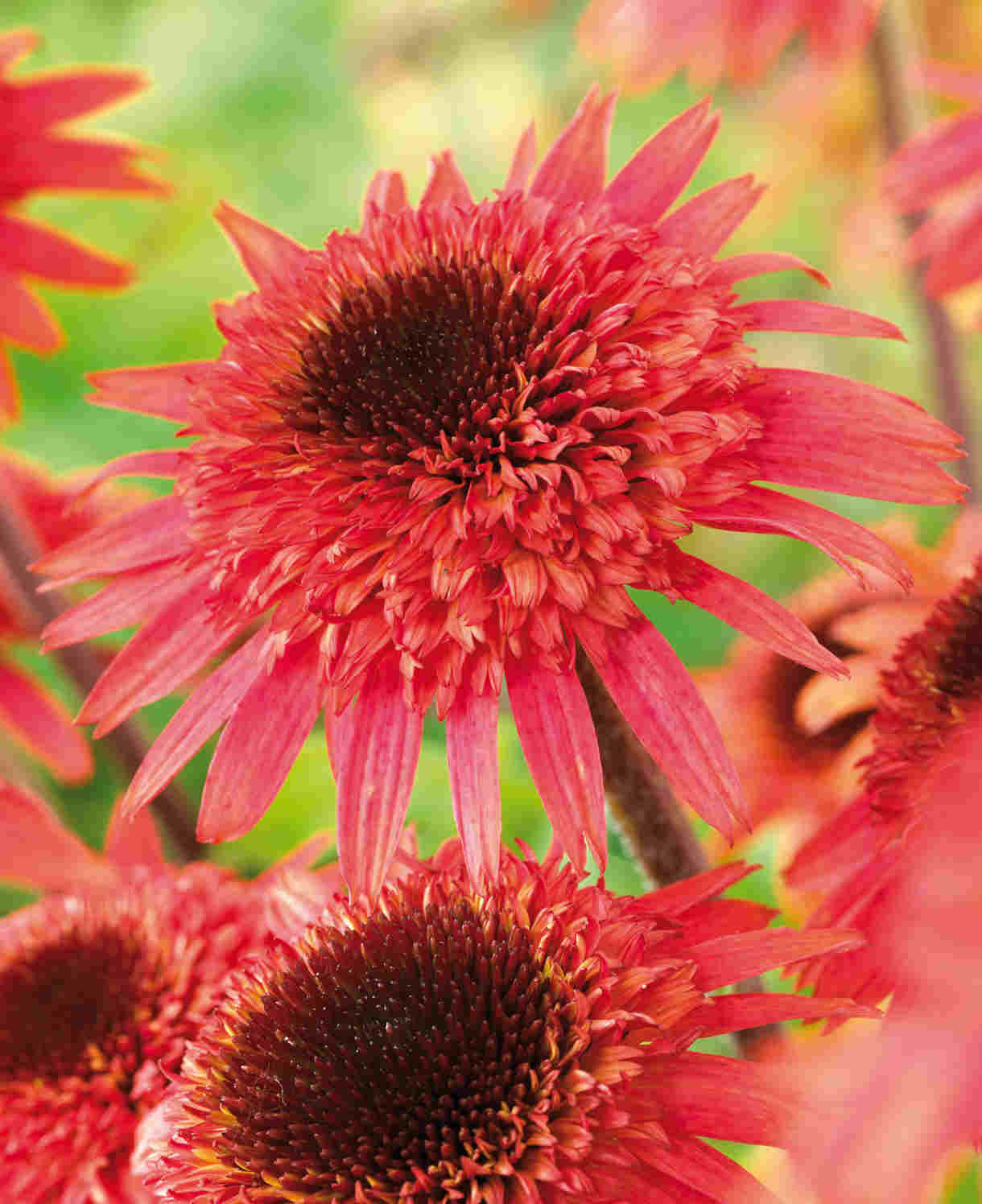

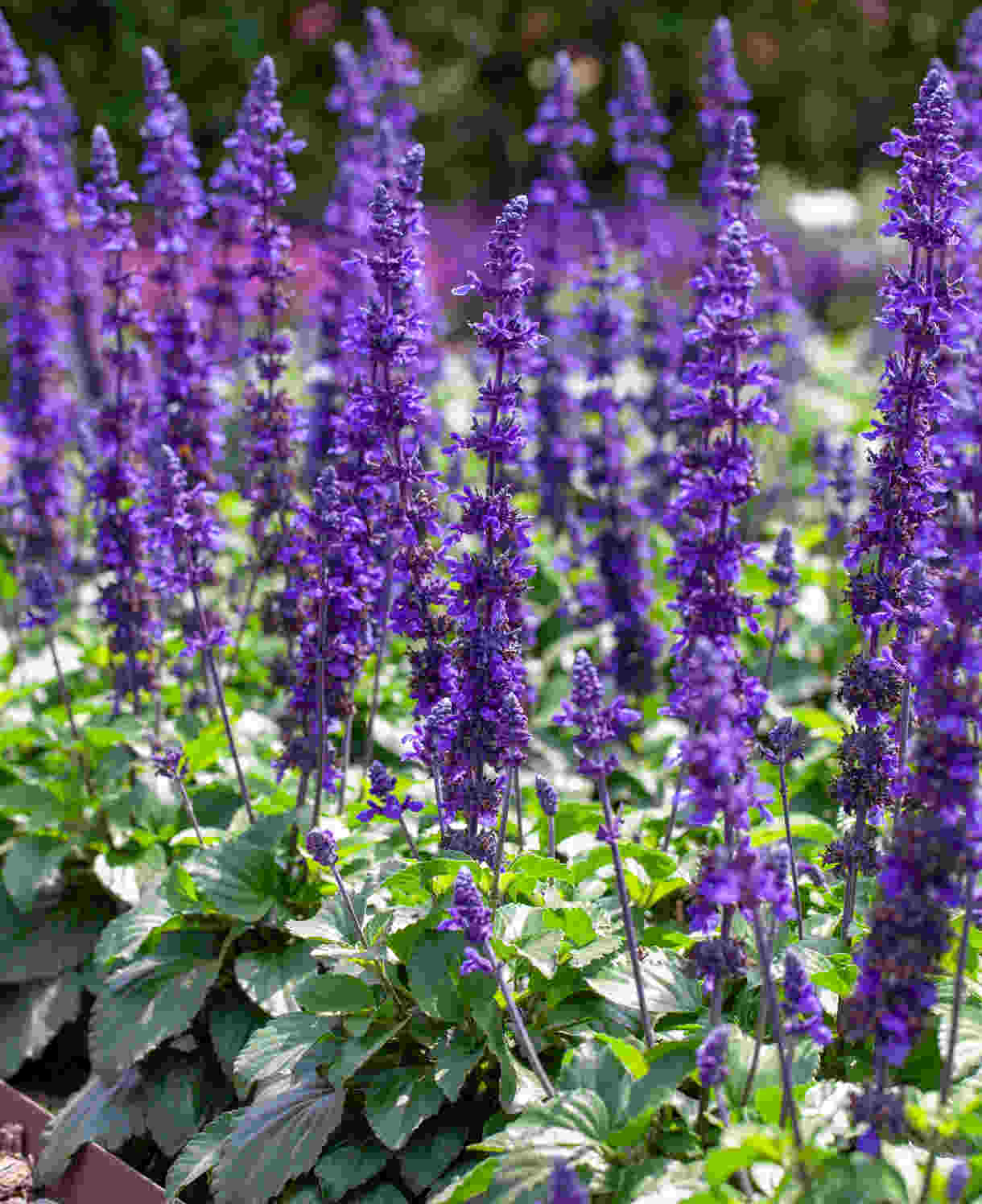
How to care for Heliopsis
Pruning and Deadheading
Heliopsis can be pinched back in mid spring for shorter, sturdier plants which are less likely to require support (though it is worth noting that this will delay the onset of flowering by a couple of weeks). Simply snip off the growing tips down to a pair of buds lower down.
Deadheading your heliopsis regularly will give you both more blooms and an extended flowering period. Simply follow the stem down from the spent flower and snip above the first pair of leaves you come to.
When it comes to an overall prune, this should be done once a year leaving stumps of around 5cm. Leaving this job until spring is best for wildlife (insects overwinter in the stems and birds feed on seedheads), though it can also be done in autumn if needed.
Watering
Water your heliopsis until it is established (this usually means throughout the first growing season in the ground), after which it should be relatively drought tolerant.
Container-grown heliopsis will require regular watering throughout the growing season. Allow the top few centimetres of compost to dry out between soakings to avoid overwatering.
Cold Protection
Heliopsis is fully hardy and will withstand even a very cold UK winter without the need for additional protection.
Pests and Diseases
Heliopsis tends to be relatively pest and disease free, though you may find slugs and snails develop a taste for its leaves, particularly when they are newly emerging.
Encouraging natural predators into your garden, such as birds, frogs, toads, and hedgehogs, will make a big difference. Torchlight searches after dark (when slugs and snails are at their most active) are also effective, allowing you to collect the offending molluscs in a bucket. Place on the compost heap, or in a part of the garden containing less vulnerable plants.
Like most plants, once heliopsis is well established it tends to be better able to tolerate the actions of slugs and snails without the need for intervention.
How to propagate Heliopsis
Heliopsis is most easily propagated through division, which can be carried out in autumn or spring. Aim to do this every 2 to 3 years to maintain health and vigour of existing clumps.
- Choose a day when the soil is not frozen or waterlogged.
- Dig the plant out of the ground.
- Shake off any excess soil.
- Separate the plant into sections using either swift, cutting blows with a sharp spade, or two forks inserted back-to-back with tines touching, handles then pushed together to prise the plant apart.
- Discard old, damaged, or surplus pieces, keeping healthy, vigorous material.
- Replant decent-sized pieces where desired, and any smaller bits can be potted up.
- Water well until fully established.
Common Heliopsis questions
- How far apart do you plant heliopsis?
Our heliopsis full-sized heliopsis have an eventual spread of 60cm. Dwarf varieties such as ‘Luna Roja’ need less space – more like 40cm. - Is heliopsis invasive?
Heliopsis is clump forming and so is considered a well-behaved member of the garden. It may self-seed if seedheads are left on the plant, but the offspring are very easily weeded out if required. - Is heliopsis a perennial?
It is! Unlike most types of commonly grown sunflowers heliopsis is perennial, meaning it will come back year after year given the right conditions. - How tall does heliopsis grow?
Our full sized heliopsis reach around 75cm in height, making them ideal for the middle of a border. The dwarf variety ‘Luna Roja’ comes in at a miniature 45cm – perfect for pots or the front of a border.
